Streamlining Workflow with AI
Slack Integrates AI Agents from Salesforce, Workday, Adobe, and More
Last updated:
Slack is set to integrate AI agents from major platforms like Salesforce’s Agentforce, Asana, Cohere, Adobe Express, Workday, and more. The initiative aims to streamline workflow by allowing users to interact with various AI agents directly within Slack. This new feature will include AI notes for Huddles and a dedicated interface for seamless user interaction.
Learn to use AI like a Pro
Get the latest AI workflows to boost your productivity and business performance, delivered weekly by expert consultants. Enjoy step-by-step guides, weekly Q&A sessions, and full access to our AI workflow archive.

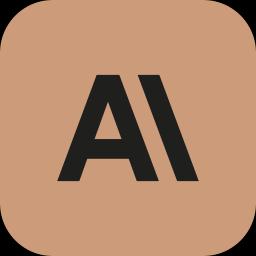
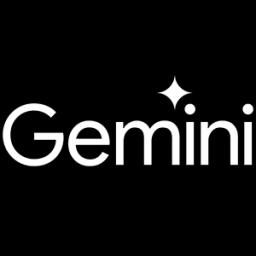
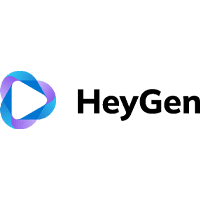
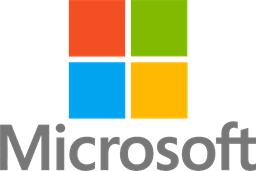

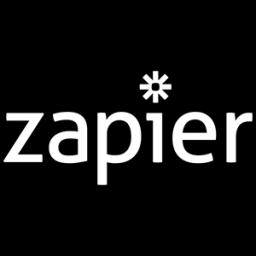







Learn to use AI like a Pro
Get the latest AI workflows to boost your productivity and business performance, delivered weekly by expert consultants. Enjoy step-by-step guides, weekly Q&A sessions, and full access to our AI workflow archive.













